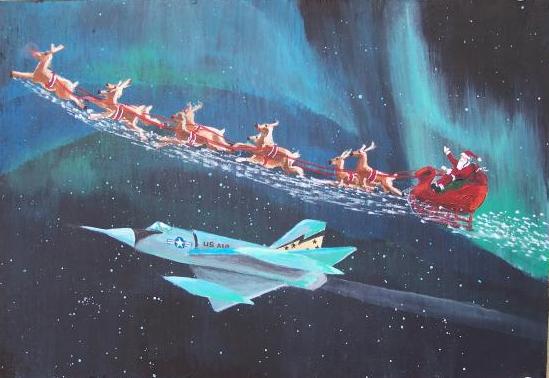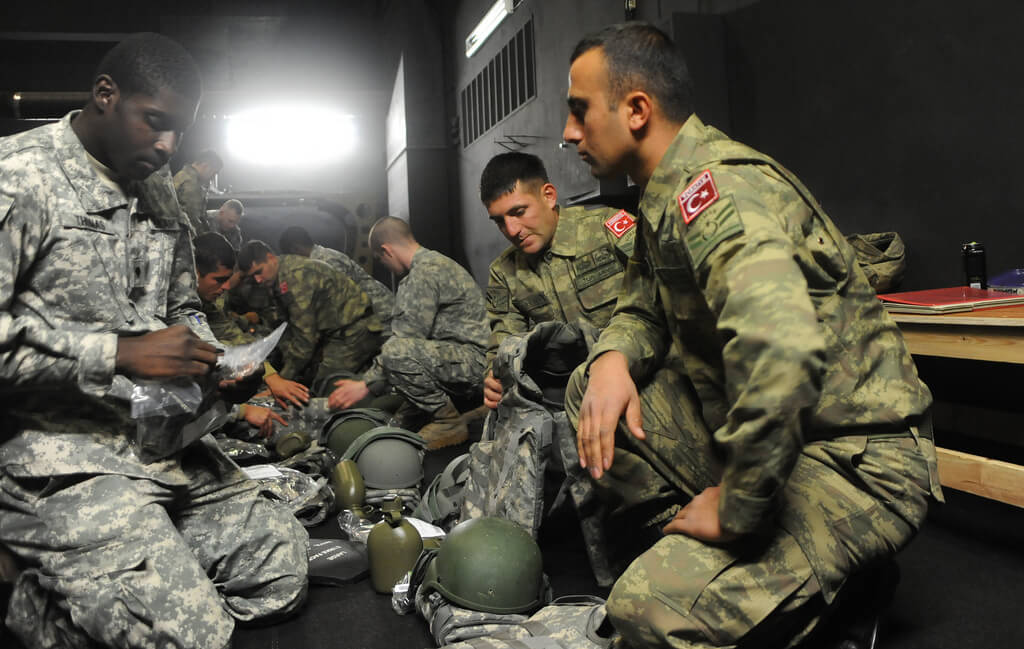One might easily ask whether it is ever truly legitimate for the North Atlantic Treaty Organization, or any other non-universal group of states for that matter, to employ military force outside their own jurisdiction and inside the territory of another country. In the Western world, very few would consider security to be a major concern in their daily lives. As such, it wouldn’t necessarily be a mistake to assume that NATO’s role in the 21st century is a symbolic one of reassurance. This view, however, overlooks the fundamental importance of this organization as a standing multilateral organization with strong and flexible core military capabilities that can be adjusted to respond both to a wide range of 21st century security challenges and the recent reappearance of Russian expansionism.
From a realist perspective, alliances are primarily a response to external threats. NATO was established in 1949 as a defensive alliance to prevail against a possible military attack by the Soviet Union. With the end of the Cold War, both NATO and the EU were inevitably forced to reexamine their roles and raisons d’être. The absence of a major threat would inevitably weaken the glue binding the member states together, and it would allow previously suppressed conflicts of interests to reemerge. In this regard, NATO’s mid-1990s military intervention in the Balkans set several precedents: NATO took military action outside of its traditional geographical scope for the first time, and the action had nothing to do with defending against an attack on a member’s territory. NATO’s more recent involvement in Libya fits within these new parameters as well.
However, since the end of the Cold War, NATO has expanded exponentially its security relationships, not only within Europe, but elsewhere. The Alliance has responded to challenges from Afghanistan and Kosovo, and maintained security by monitoring the Mediterranean Sea, supporting the African Union, and conducting counter-piracy missions off the Horn of Africa. It will continue to address these security issues and more, acting as a leader of stability in the trans-Atlantic. NATO has developed close security ties with non-member nations, and established structured relationships with key nations and international organizations. It gradually assumed new missions, undertook unprecedented military operations, expanded its membership and developed a much wider range of global relationships than was true during the Cold War.
NATO’s strength and cohesion has lessened the threats that its members face. According to Article 2 of the North Atlantic Treaty, NATO’s role is not just military. NATO as an alliance also seeks to eliminate conflict in international economic policies and encourages economic collaboration between countries. According to the modernization theory, which explains the process of modernization that a nation goes through as it transitions from a traditional society to a modern one, prosperity is a key element in the peacemaker’s toolkit in bringing stability to a country. Through prosperity, NATO can improve the capacity of the countries that lie under its umbrella of influence. NATO has helped bring economic stability to member countries, which would have otherwise suffered from uncertainty, discouraged investment and low living standards.
From the 28 countries in the alliance, only five countries are currently meeting the 2% target set by NATO in terms of spending on defense, as a percentage of the GDP. Although NATO has transformed itself into a multi-mission organization addressing 21st century security challenges, it still needs to rely heavily on countries meeting targets in order to maintain its credibility and strength as an international organization. More than in need of a threat, NATO is in need of cooperating partners, which will keep the organization moving forward. Nonetheless, through adding new members, establishing new global security relationships, and responding to Russian adventurism, NATO has demonstrated in the post-Cold War era that it is an organization capable of reinventing itself.
Photo courtesy of Combat Camera (Flickr).
Disclaimer: Any views or opinions expressed in articles are solely those of the authors and do not necessarily represent the views of the NATO Association of Canada.




